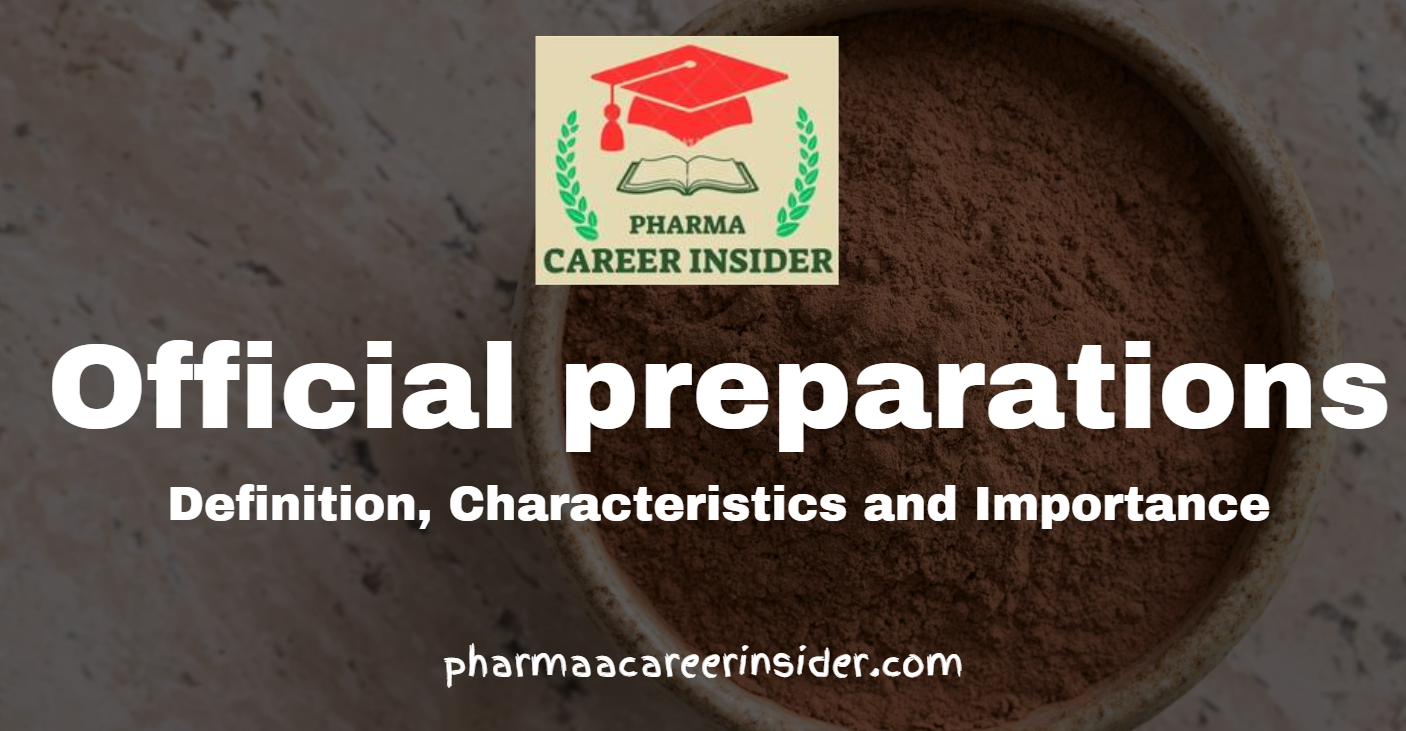Introduction
Tonicity refers to the ability of a solution to exert osmotic pressure on a biological membrane, such as red blood cells or tissues. Measuring tonicity is crucial in pharmaceutical, medical, and biological applications, ensuring that solutions are safe and compatible with the human body. Hypotonic, isotonic, and hypertonic solutions affect cells differently, making precise tonicity measurement essential in IV fluids, eye drops, and injectable drugs.
In this post, we will explore the methods of tonicity measurement, their importance, and real-world applications in pharmaceuticals and medicine.
What is Tonicity?
Tonicity is the effective osmotic pressure of a solution compared to that of body fluids, determining whether cells will swell, shrink, or remain stable.
Types of Solutions Based on Tonicity
- 1. Isotonic Solution: Same osmotic pressure as blood plasma (~300 mOsm/L).
Example: 0.9% NaCl (Normal Saline).
- 2. Hypotonic Solution: Lower osmotic pressure than plasma.
Example: 0.45% NaCl → Causes cell swelling and lysis.
- 3. Hypertonic Solution – Higher osmotic pressure than plasma.
Example: 5% NaCl → Causes cell shrinkage (crenation).
Why is Tonicity Important?
- (a) Ensures drug safety in IV fluids, injections, and ophthalmic solutions.
- (b) Prevents cell damage, pain, and irritation.
- (c) Helps optimize drug absorption and bioavailability.
Methods for Measuring Tonicity
Several techniques are used to measure tonicity and osmotic pressure. These include freezing point depression, vapor pressure, osmometry, and hemolysis testing.
1. Freezing Point Depression Method (Cryoscopic Method)
Principle:
- – The freezing point of an isotonic solution is -0.52°C (same as blood plasma).
- – Lower freezing point = Higher solute concentration = Hypertonic.
- – Higher freezing point = Lower solute concentration = Hypotonic.
Formula:

Example Calculation:
- a. A 0.9% NaCl solution has ΔTf = -0.52°C, making it isotonic.
- b. A 5% NaCl solution has a lower freezing point, making it hypertonic.
Applications: Used in pharmaceutical formulations to adjust isotonicity in IV fluids and eye drops.
2. Vapor Pressure Measurement
Principle:
- – The vapor pressure of an isotonic solution equals that of blood plasma.
- – Lower vapor pressure = More solute (Hypertonic solution).
- – Higher vapor pressure = Less solute (Hypotonic solution).
Method: A vapor pressure osmometer measures changes in vapor pressure relative to a standard.
Applications: Used for pharmaceutical and biological solutions requiring precise tonicity.
3. Osmometry (Osmolality Measurement)
Principle:
- – Measures total solute concentration in a solution.
- – Expressed as milliosmoles per kilogram (mOsm/kg).
- – Blood plasma = ~300 mOsm/kg (isotonic).
Types of Osmometers:
- (a) Freezing Point Osmometer: Measures depression in the freezing point.
- (b) Membrane Osmometer: Measures osmotic pressure across a semipermeable membrane.
Applications: Determines tonicity in IV fluids, dialysis solutions, and injectable drugs.
4. Hemolysis Test (Red Blood Cell Test)
Principle:
- – Red blood cells (RBCs) swell in hypotonic solutions and shrink in hypertonic solutions.
- – No change in RBC shape = Isotonic solution.
Method:
- – Place RBCs in the test solution.
- – Observe swelling, shrinkage, or no change under a microscope.
Example:
- a. 0.9% NaCl → No hemolysis (Isotonic).
- b. 0.2% NaCl → RBCs burst (Hypotonic).
- c. 5% NaCl → RBCs shrink (Hypertonic).
Applications: Used in ophthalmic and parenteral drug formulations and Ensures safe tonicity levels in blood-contacting solutions.
Pharmaceutical Applications of Tonicity Measurement
1. Intravenous (IV) Fluids
- Prevents pain, vein irritation, and tissue damage.
- Example: Lactated Ringer’s solution (Isotonic).
2. Injectable Medications
- Ensures drug compatibility with blood.
- Example: Phosphate-buffered insulin injection.
3. Ophthalmic Solutions (Eye Drops)
- Prevents eye irritation and discomfort.
- Example: Boric acid-buffered saline eye drops.
4. Nasal and Inhalation Therapies
- Maintains comfort in nasal sprays and nebulizers.
- Example: Buffered saline nasal spray (pH 7.4).
5. Dialysis and Blood Storage Solutions
- Ensures safe osmolarity for blood purification.
- Example: Bicarbonate-buffered dialysis solutions.
Conclusion
Measuring tonicity is essential for ensuring safe and effective drug formulations. Methods like freezing point depression, vapor pressure measurement, osmometry, and hemolysis testing help determine whether a solution is hypotonic, isotonic, or hypertonic.
By maintaining proper osmolarity and pH, pharmaceutical scientists can optimize IV fluids, injectables, and ophthalmic solutions, improving patient safety and drug efficacy.
FAQs
1. What is the most accurate method for measuring tonicity?
Ans: The freezing point depression method is the most precise for pharmaceutical formulations.
2. Why is tonicity important in IV fluids?
Ans: IV fluids must be isotonic (~300 mOsm/L) to prevent vein irritation and blood cell damage.
3. How is isotonicity adjusted in pharmaceutical solutions?
Ans: By adding NaCl, dextrose, or other tonicity agents to match plasma osmolarity (300 mOsm/L).
By understanding tonicity measurement methods, pharmaceutical scientists can develop safe, effective, and comfortable drug formulations for medical applications.



